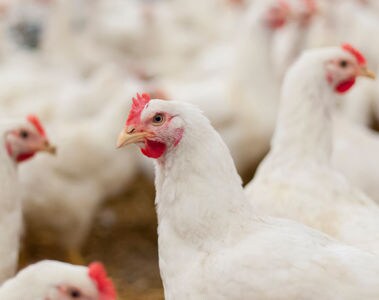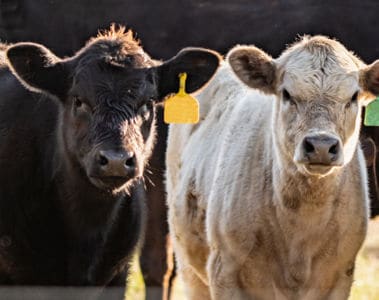Dunlap, K. L.; Reynolds, A. J.; Duffy, L. K., 2006. Total antioxidant power in sled dogs supplemented with blueberries and the comparison of blood parameters associated with exercise. Comparative Biochemistry and Physiology Part A: Molecular & Integrative Physiology., 143(4): 429–434.
Hosoda, K.; Kuramoto, K.; Eruden, B.; Nishida, T.; Shioya, S., 2006. The Effects of Three Herbs as Feed Supplements on Blood Metabolites, Hormones, Antioxidant Activity, IgG Concentration, and Ruminal Fermentation in Holstein Steers. Asian-Australian Journal of Animal Science., 19(1): 35-41.
Hossein Hassanpour, S.; Doroudi, A., 2023: Review of the antioxidant potential of flavonoids as a subgroup of polyphenols and partial substitute for synthetic antioxidants. Avicenna Journal of Phytomedicine., 13(4): 354-376.
Hurst, R. D.; Wells, R. W.; Hurst, S. M.; McGhie, T. K.; Cooney, J. M.; Jensen, D. J., 2010. Blueberry fruit polyphenolics suppress oxidative stress-induced skeletal muscle cell damage in vitro. Molecular Nutrition & Food Research., 54(3): 353–363.
McAnulty, L. S.; Nieman, D. C.; Dumke, C. L.; Shooter, L.; Henson, D. A.; Utter, A. C.; Milne, G. L.; McAnulty, S. R., 2011. Effect of blueberry ingestion on natural killer cell counts, oxidative stress, and inflammation prior to and after 2.5 h of running. Applied Physiology, Nutrition, and Metabolism., 36(6): 976–984.
McLeay, Y.; Barnes, M. J., Mundel, T.; Hurst, S. M.; Hurst, R. D.; Stannard, S. R., 2012. Effect of New Zealand blueberry consumption on recovery from eccentric exercise-induced muscle damage. Journal of the International Society of Sports Nutrition., 9(1): 19.
Mendonça, R. D.; Carvalho, N. C.; Martin-Moreno, J. M.; Pimenta, A. M.; Lopes, A. C. S.; Gea, A.; Martinez-Gonzalez, M. A.; Bes-Rastrollo, M., 2019. Total polyphenol intake, polyphenol subtypes and incidence of cardiovascular disease: The SUN cohort study. Nutrition, Metabolism & Cardiovascular Disease., 29: 69-78.
Rahmy, H. A. F.; El Bana, H. M.; El-Bordeny, N. E.; Mahmoud, A. E. M.; Ghoneem W. A. M., 2019. Effect of Caraway, Fennel and Melissa addition on in vitro Rumen Fermentation and Gas Production. Pakistan Journal Biological Sciences., 22(2): 67-72.
Sechi, S.; Fiore, F.; Chiavolelli, F.; Dimauro, C.; Nudda, A.; Cocco, R., 2017. Oxidative stress and food supplementation with antioxidants in therapy dogs. Canadian Journal of Veterinary Research., 81(3): 206–216.


